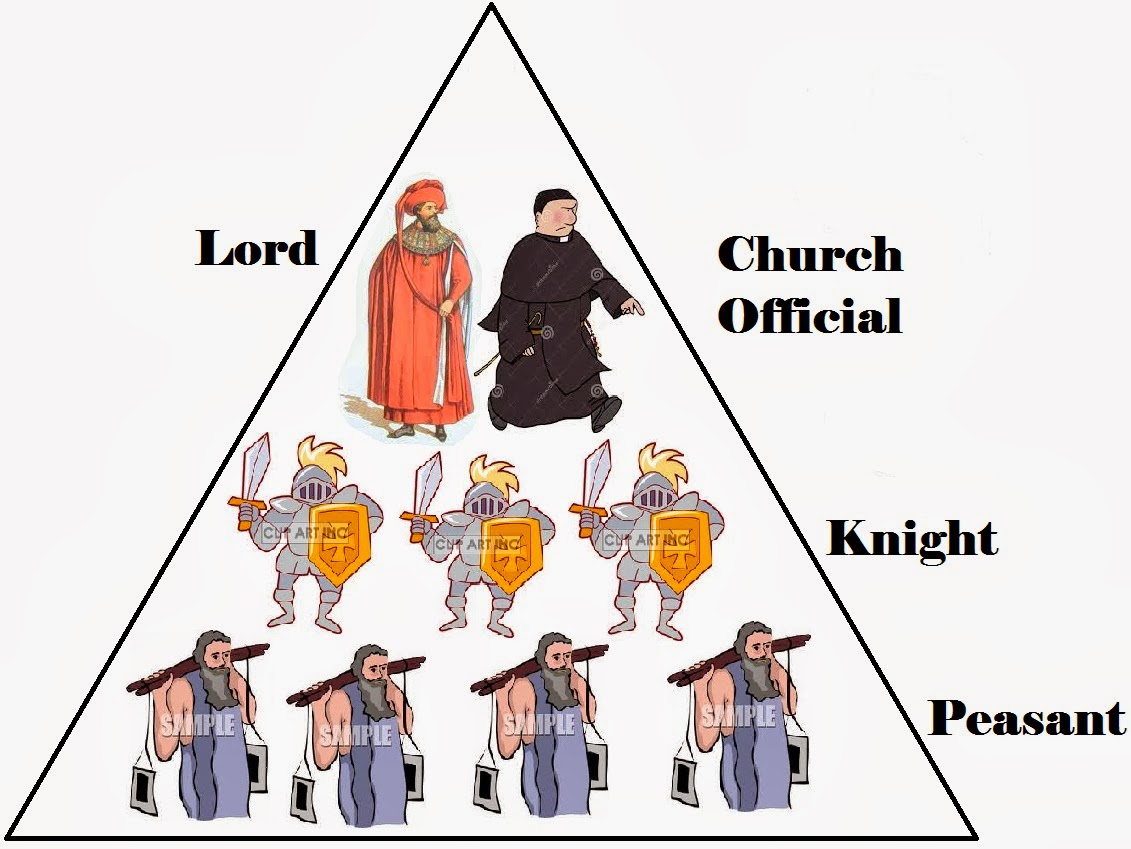

John Milton (1608–1674): English poet and historian who wrote the epic poem “Paradise Lost.” William Byrd (1539/40–1623): English composer known for his development of the English madrigal and his religious organ music. William Tyndale (1494–1536): English biblical translator, humanist and scholar burned at the stake for translating the Bible into English. Titian (1488–1576): Italian painter celebrated for his portraits of Pope Paul III and Charles I and his later religious and mythical paintings like “Venus and Adonis” and "Metamorphoses." Niccolo Machiavelli (1469–1527): Italian diplomat and philosopher famous for writing “The Prince” and “The Discourses on Livy.” Best known for his frescoes in the Scrovegni Chapel in Padua.ĭante (1265–1321): Italian philosopher, poet, writer and political thinker who authored “The Divine Comedy.” Giotto (1266-1337): Italian painter and architect whose more realistic depictions of human emotions influenced generations of artists. Geoffrey Chaucer (1343–1400): English poet and author of “The Canterbury Tales.” Thomas Hobbes (1588–1679): English philosopher and author of “Leviathan.” Nicolaus Copernicus (1473–1543): Mathematician and astronomer who made first modern scientific argument for the concept of a heliocentric solar system. Placed under house arrest for his views of a heliocentric universe. Galileo (1564-1642): Italian astronomer, physicist and engineer whose pioneering work with telescopes enabled him to describes the moons of Jupiter and rings of Saturn. Famous for stating, “I think therefore I am.” Rene Descartes (1596–1650): French philosopher and mathematician regarded as the father of modern philosophy. Translator of the New Testament into Greek. Leonardo da Vinci (1452–1519): Italian painter, architect, inventor and “Renaissance man” responsible for painting “The Mona Lisa” and “The Last Supper.ĭesiderius Erasmus (1466–1536): Scholar from Holland who defined the humanist movement in Northern Europe. Some of the most famous and groundbreaking Renaissance intellectuals, artists, scientists and writers include the likes of: Great Italian writers, artists, politicians and others declared that they were participating in an intellectual and artistic revolution that would be much different from what they experienced during the Dark Ages.Īlthough other European countries experienced their Renaissance later than Italy, the impacts were still revolutionary. Members of the powerful Medici family, which ruled Florence for more than 60 years, were famous backers of the movement. The Renaissance started in Florence, Italy, a place with a rich cultural history where wealthy citizens could afford to support budding artists. In 1450, the invention of the Gutenberg printing press allowed for improved communication throughout Europe and for ideas to spread more quickly.Īs a result of this advance in communication, little-known texts from early humanist authors such as those by Francesco Petrarch and Giovanni Boccaccio, which promoted the renewal of traditional Greek and Roman culture and values, were printed and distributed to the masses.Īdditionally, many scholars believe advances in international finance and trade impacted culture in Europe and set the stage for the Renaissance. and the beginning of the 14th century, Europeans made few advances in science and art. From Darkness to Light: The Renaissance Beginsĭuring the Middle Ages, a period that took place between the fall of ancient Rome in 476 A.D. The Renaissance is credited with bridging the gap between the Middle Ages and modern-day civilization. Some of the greatest thinkers, authors, statesmen, scientists and artists in human history thrived during this era, while global exploration opened up new lands and cultures to European commerce. Generally described as taking place from the 14th century to the 17th century, the Renaissance promoted the rediscovery of classical philosophy, literature and art. The Renaissance was a fervent period of European cultural, artistic, political and economic “rebirth” following the Middle Ages. Renaissance Art, Architecture and Science.

From Darkness to Light: The Renaissance Begins.


 0 kommentar(er)
0 kommentar(er)
